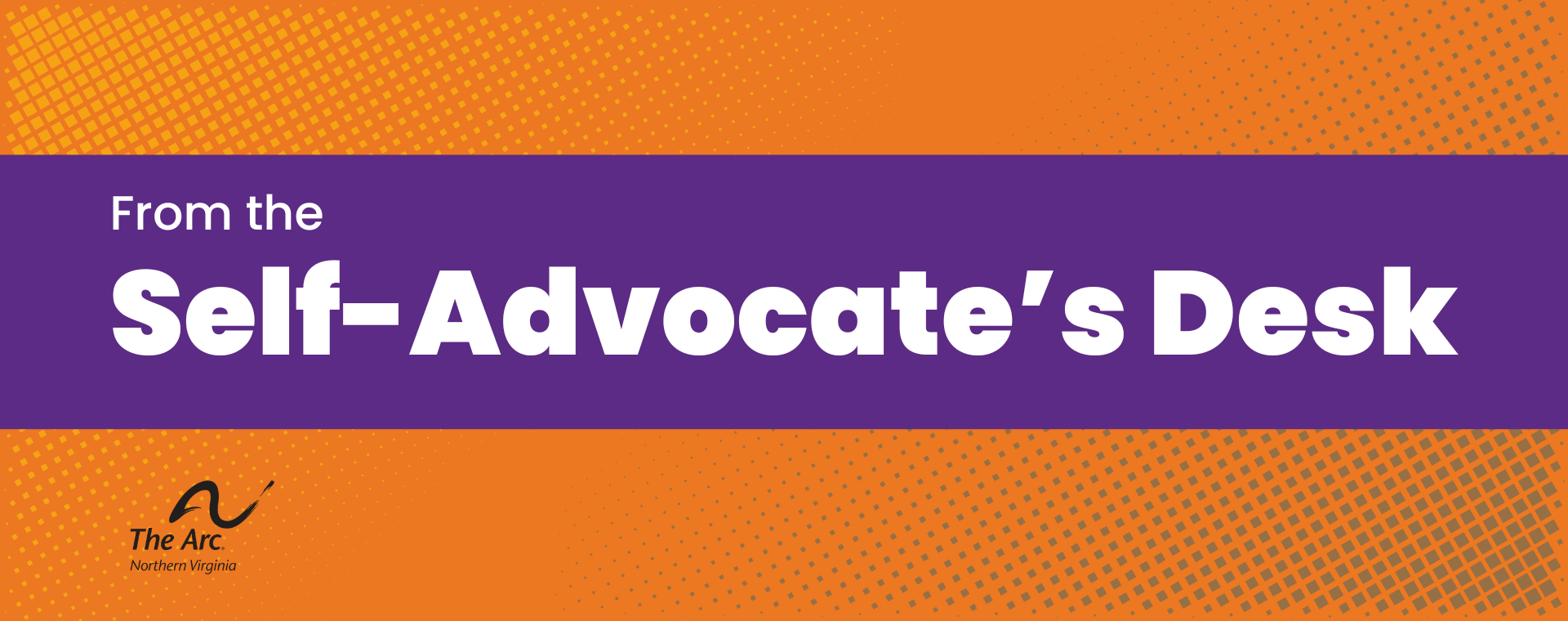Introduction
In recent months, a piece of proposed legislation known as the One Big Beautiful Bill Act has drawn attention for its bold goal of streamlining various federal services into one unified structure. Its name evokes promise—simplicity, elegance, and improved efficiency. But as someone who navigates these systems daily, I believe the conversation must go deeper.
“Efficiency must never come at the expense of accessibility, equity, or lived experience.”
This post aims to explore how proposed reforms like this affect individuals with intellectual and developmental disabilities (IDD) and their families, and why inclusion in policymaking is not only ethical—it’s essential.
What the Bill Proposes
The One Big Beautiful Bill Act is designed to:
- Consolidate services such as Medicaid waivers, housing supports, and nutritional assistance into one framework
- Streamline applications and service access
- Shift access primarily to digital platforms
- Delegate greater flexibility to states in distributing funds
At face value, these goals sound promising. The current system is often siloed and difficult to navigate. Consolidation could alleviate some of those stressors—but only if done with care.
Weighing the Risks and Realities
“Streamlining must not be confused with standardizing at the expense of nuance.”
Key concerns among disability advocates include:
- Digital access disparities: Not all individuals have reliable internet access, comfort with online tools, or support to complete complex digital applications.
- Reduced human touchpoints: Fewer case managers or physical offices could lead to increased isolation for those who rely on guided support.
- Inconsistent equity frameworks: State flexibility could mean wide disparities in services depending on where someone lives.
Centering Stakeholder Voice
“Nothing about us without us” is not a slogan—it’s a standard.
A critical gap in the bill’s development so far has been the lack of robust stakeholder engagement. People with disabilities, their families, and service providers bring unique insight into how services actually function—or fail—in the real world.
The Arc of Northern Virginia is grounded in the belief that reform must be:
- Person-centered
- Equity-focused
- Co-designed with impacted communities
This is not just good policy—it’s good practice.
Building Toward Inclusive Reform
Legislative reform is needed. Few would argue otherwise. But meaningful reform should:
- Prioritize individualized planning
- Retain multiple access methods (digital and human support)
- Include public comment periods and feedback loops
- Build accountability into implementation strategies
“Real beauty in a system lies in its fairness, flexibility, and humanity.”
Conclusion: A Call to Collaboration
As the One Big Beautiful Bill Actevolves, the goal should not be perfection in name—but equity in practice. We don’t need one grand gesture; we need consistent, collaborative, and community-informed action.
Let’s continue to ask:
- Who is at the table?
- Who is being heard?
- And how will reforms impact those already facing systemic barriers?
Ian Allan is a self-advocate with a deep commitment to policy literacy, systems change, and disability justice. Through The Arc of Northern Virginia, he works to ensure that people with intellectual and developmental disabilities are not just served by systems—but shaping them.
For detailed information about this bill, please visit https://www.congress.gov/bill/119th-congress/house-bill/1/text.
A concise summary of the legislation is available at https://thearc.org/wp-content/uploads/2025/05/Medicaid-Reconciliation-Summary-5-22-25.pdf.

